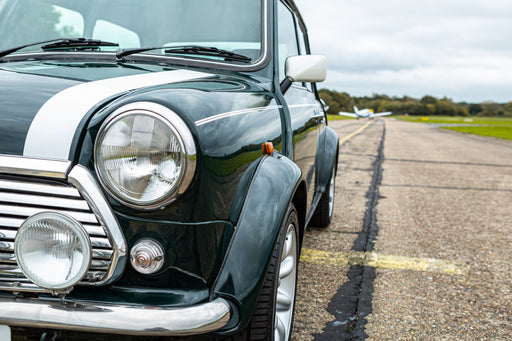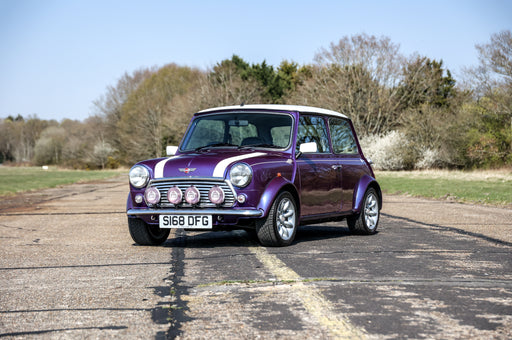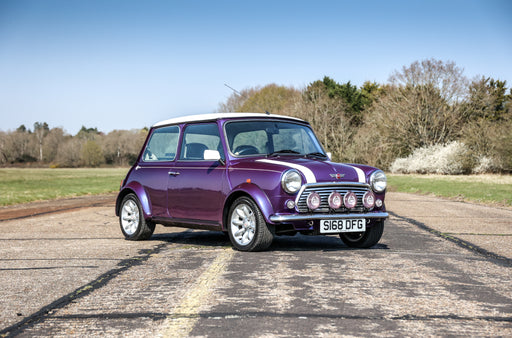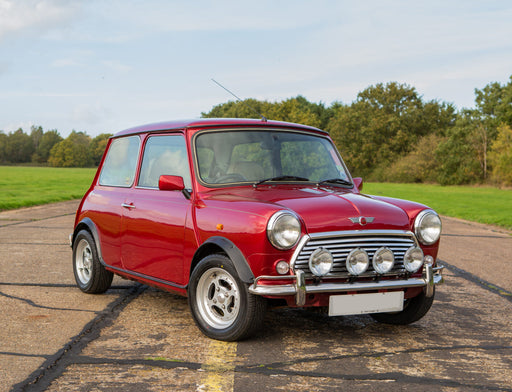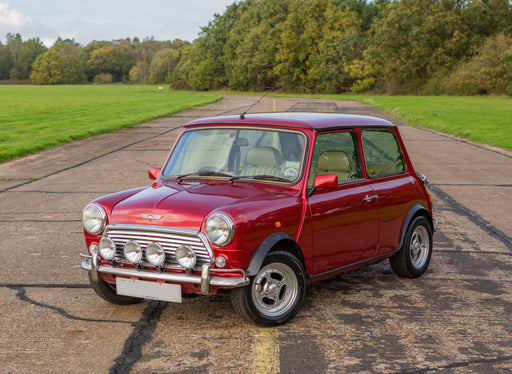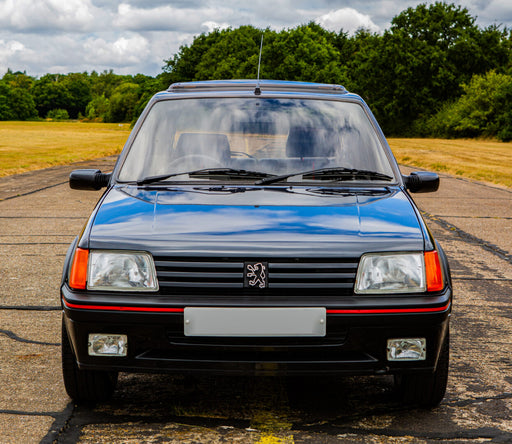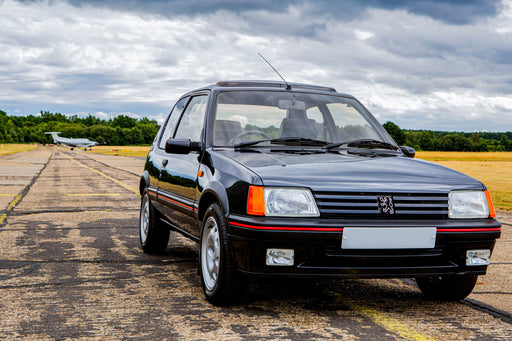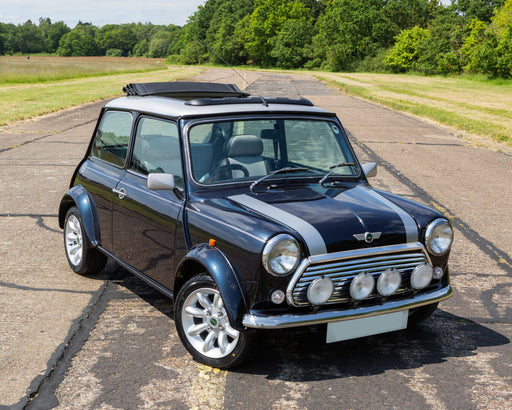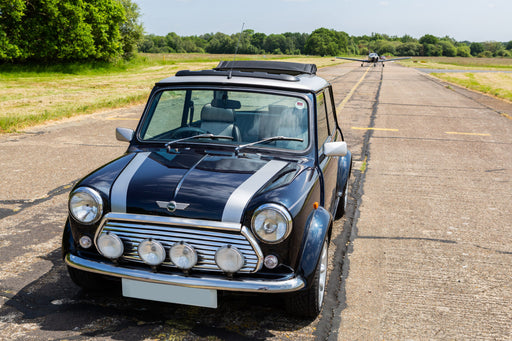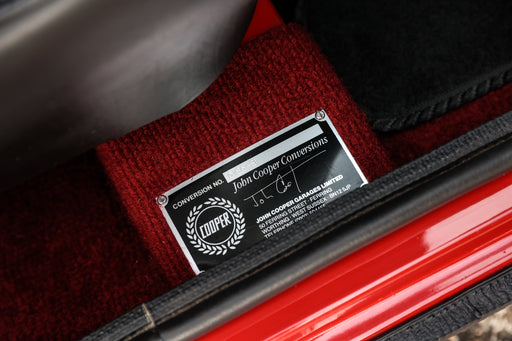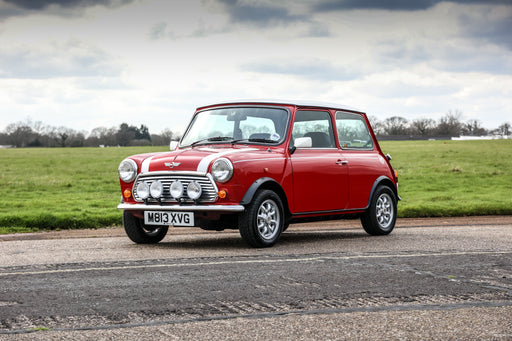
 >
>

Phil’s Rover Mini Buying Checklist
Rover Mini Buying
As a specialist in the purchase and sale of classic Minis, here is my fundamental checklist when buying a Rover Mini (Mk6 and Mk7). If in doubt, it’s best to arrange a pre-purchase inspection with a qualified mechanic.
Initial checks
Does the Mini have a valid MOT?
Unless you’re seeking to purchase a restoration project, I wouldn’t recommend buying a Mini without a valid MOT. You could be opening up a can of worms.
If the Mini doesn’t have a valid MOT, perhaps ask the seller if they’d be willing to sell the car with one. Ultimately, if the seller is genuinely confident about the car’s condition and roadworthiness, it shouldn’t be a problem for them to get the Mini MOT’d.
Note that I have made this checklist relevant to Rover Minis produced between 1990 and 2001. Earlier, pre-1982 Minis are classified as historic vehicles and are therefore not legally required to have a valid MOT (providing that no ‘substantial changes’ have been made within the last 30 years). However, in the event of an insurance claim, it is difficult to prove the vehicle’s roadworthiness unless it has a valid MOT.
If applicable, have advisories from the last MOT been addressed?
If not, it is likely that the outstanding MOT advisories will need addressing soon before they become reasons for failure. Factor in the relevant costs.
Be wary if the Mini’s MOT expiry date is imminent, especially if outstanding advisories haven’t been addressed.
You can check the Mini’s recent MOT history online: https://www.gov.uk/check-mot-history
Is the Mini HPI clear?
Check that the Mini hasn’t been written-off, scrapped, stolen or have any outstanding finance (though the latter is less likely for a classic vehicle). I carry out a HPI check before viewing any car to avoid wasting my time and travel expenses. There are various car history providers to choose from online.
Is the mileage warranted? (Is there documentation dating back to the point of first registration to verify the odometer reading?)
You can check the Mini’s recent mileage increments via the online MOT history. However, as the online MOT history database was only introduced in 2005, you will need to ask the seller about any earlier history they may have. An original stamped service book is ideal.
Given the age of the vehicle, it is not unusual for some paperwork to go missing over time. I wouldn’t say that full documented history is a make-or-break requirement, but I’d certainly be reluctant to spend big money on an example advertised as low-mileage if there is limited documentation to verify the odometer reading.
Is the V5C registration document present?
If purchasing from a private seller, also ensure that the V5C is printed in their name.
Viewing the Mini
What is the exterior and bodywork condition?
Classic Minis are notorious for corrosion. Common areas include the scuttle panel, beneath the headlights, front and rear valences, sills, bottom of the doors and the door sills. I am always suspicious when tread plates are fitted to the door sills – from my experience they are usually covering rust.
Additional checks: Does the Mini have vented sills or oversills? Any accident damage or previous poor repairs (including the boot floor, sills and front floor panels)? If the car has previously been resprayed, what is the quality of the paint finish?
The mechanics
How does the Mini drive? Any synchro issues on the gearbox? Any idling issues? Any overheating? Any oil leaks?
Has the Mini been modified in any way that it differs from its original factory specification?
Insurance companies will typically ask you this, though specialist classic car insurers are likely to be more accommodating if there are any alterations.
Does the VIN (Vehicle Identification Number) on the vehicle match the V5C registration document?
Check that these numbers correlate. You will find the Mini’s VIN number on a rectangular plate attached to the O/S inner wing.
Get to know the owner and their maintenance regime
How long have they owned the Mini and what is their reason for sale? How many previous owners? Is the car stored indoors or outside? Have there been any notable works or repairs undertaken during their current ownership? Is there anything else about the Mini (including any known faults) that they can tell you?
Remember, if in doubt, it’s best to arrange a pre-purchase inspection.
For more information or advice about buying a Rover Mini, please contact me on 01932 640113 or email phil@pm-antiques.co.uk
Related blog: The Classic Mini – A Quintessential British Icon
Latest Classic Cars For Sale
classic minis wanted
We are actively seeking classic Minis in excellent condition, ideally with low mileage and a detailed history, especially models such as the Cooper...
View details1999 classic mini cooper s touring by john cooper garages
As featured in MiniWorld Magazine. In 1997, John Cooper Garages launched two new exciting iterations of the iconic Mini Cooper S: the Cooper S Tour...
View details1996 classic mini 'cooper s touring' by miniworld & john cooper garages
A unique opportunity to purchase a MiniWorld Magazine feature car specially converted by John Cooper Garages. This Mini was supplied to Link House ...
View details1989 peugeot 205 gti 1.9
First registered on 29th September 1989. 84,000 miles from new. Driven a mere 5,000 miles in the past 15 years. A collector-quality example. Meticu...
View details2001 classic mini cooper sport 500
The Cooper Sport 500 was the final edition of the classic Mini, released in a strictly limited production run of 500 units. They were only availabl...
View details1994 classic mini john cooper si+, only 7695 miles from new!
As featured in MiniWorld Magazine. This Mini Cooper was originally supplied by Hannants of North Walsham, Norfolk on 17th December 1994 and is pr...
View details
